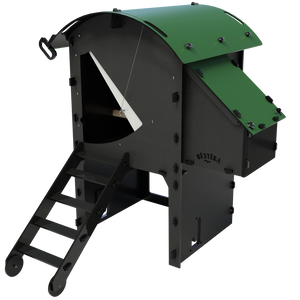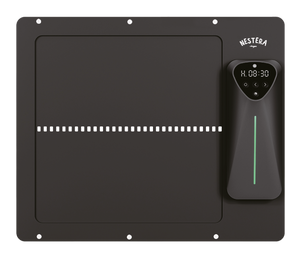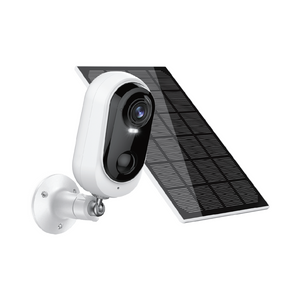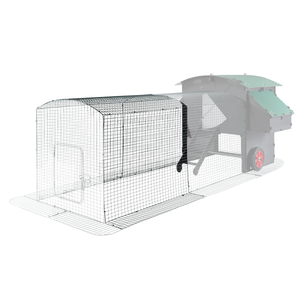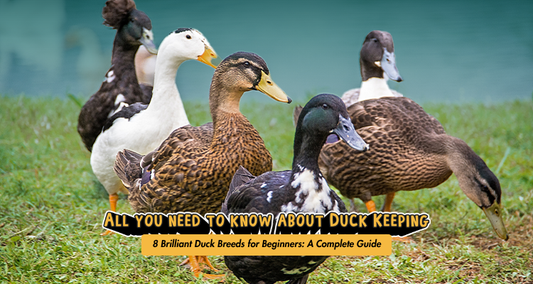One of the biggest challenges for chicken owners is keeping red mites at bay. Red mites are tiny, nocturnal blood-sucking parasites that infest and feed on chickens and other poultry. They can invade at any time of the year, but the warmth of the summer months provides the ideal conditions for them to reproduce very quickly.
Nestera chicken coops have been cleverly designed and manufactured specifically to be red mite resistant. Here are five tips to help keep your birds free from these nasty parasites.

1. The Warning Signs
Have you noticed your chickens no longer want to go into the coop at night, preferring to sleep outside instead? Do they seem weaker or lethargic?
If you answered yes to either of these, then it’s time to thoroughly check the inside of your coop for evidence of red mite. An effective method to discover the presence of red mite is to wrap a cardboard box around the perch and look inside for any of the lice hiding there the following morning.

2. Clean The Coop Frequently
Keeping your coop clean is key in preventing red mite. Ideally, droppings trays should be refreshed every morning, with the coop itself being given a weekly clean out to remove any droppings that may not have made it to the trays.
Once a month, give the coop a thorough clean by first emptying it and then brushing out every corner. Once the coop is brushed out, use a hose or pressure washer on the inside and outside of the coop.
Our coops are made from recycled plastic, which not only leaves very few places for red mites to hide, but saves time by drying extremely quickly compared to a traditional wooden coop.
3. Use Droppings Trays that Limit Red Mites
Many people make the mistake of using straw on the floor of their chicken coops to catch droppings, but red mite love straw because its strands are hollow and provide a perfect hiding place for them during the day when they’re not feeding. Far better alternatives to use in droppings trays are wood chips, sawdust or wood ash.
It has even been discovered that our ancient ancestors used fern as a natural red mite repellent when keeping chickens. You can dry fern leaves yourself and add them to your droppings trays as a preventative measure against red mite.

4. Limit The Presence of Other Birds
Red mites often find their way into a chicken coop though the arrival of wild birds carrying the parasites. These new birds may use the chickens’ feeder or watering trough and bring with them unwanted lice, which will climb onto a chicken and get a free ride right into the coop.
The use of a net or an anti-pest feeder, like the one pictured below, limits the presence of food scraps that wild birds will try to forage, which in turn limits the contamination of the chickens’ habitat.
5. Inspect and Quarantine New Birds
If you expand your flock or renew missing birds, it’s advisable to quarantine all new arrivals. This will avoid any potential transmission of red mite to your current flock, should they be present in the environment your new bird has come from. Always inspect all new birds closely to ensure there are no health concerns, such as signs of diseases or parasites.

What To Do If You Find Red Mite in Your Coop?
If a red mite infestation is discovered, you should give your coop a thoroughly clean as soon as possible. All Nestera chicken coops can be easily dismantled and reassembled if needed when cleaning. Use a stiff brush to get into every corner and anywhere else you suspect red mites may be hiding, before using a hose or pressure washer to spray all surfaces. The recycled plastic material dries quickly, saving you time during the cleaning process.
Check out our range of red mite resistant, recycled plastic coops here.



